
- Nvidia CEO Jensen Huang laid out the future of manufacturing amid the rise of AI. Advanced manufacturers like automakers and companies that build construction equipment would eventually supply the AI computing power to the self-driven version of their products.
Nvidia CEO Jensen Huang laid out a vision for American manufacturing, including futuristic AI factories alongside industrial plants.
During a talk on Wednesday, Huang explained that, in the future, companies that develop semi-autonomous or autonomous vehicles would eventually supply the AI computing power needed to operate them without a human. To make that happen, companies would develop what Huang called an “AI factory” in parallel to their manufacturing plants.
“In the future, every company that builds things will have a factory that builds the things they sell, and then it will have another factory that builds and produces the AI,” Huang said Wednesday in Washington D.C. at The Hill and Valley Forum, a gathering of tech and policy officials.
Huang said the need for these corresponding AI plants would apply to “every company that makes things today, so long as they move.” He gave the example of lawn mowers, construction equipment, and cars. While all of those are currently operated by human beings, they could be self-driving in the future, he said. This will require continuous AI technology for them to work. Eventually, those companies will build their own systems to power the AI that will run their future products. Huang said it was “very clear” that car companies would do so.
Throughout his remarks, Huang referred to the need for constant generation of AI tokens, the fundamental unit of artificial intelligence that eventually gets transformed into text, videos, or any other output. In the future, facilities would be built around the country for that purpose.
“I call them AI factories because it does one thing every single day: It’s producing tokens,” Huang said.
AI would further evolve the manufacturing sector by creating virtual-reality copies of factories, which Huang referred to as “digital twins.” Doing so would allow for testing various features and developments to a factory before building it in the real world.
“Integrate these many magnificent structures completely digitally—operate it, optimize it, and use it for planning your output completely digitally,” Huang said.
Nvidia used “digital twins” to test its chips before it started building them in the real world, he said. The same could be applied to modern-day advanced manufacturing factories because of the level of technology these plants have.
“The entire factory is software-driven,” Huang said. “The entire factory—it’s a robot orchestrating a whole bunch of robots inside.”
This story was originally featured on Fortune.com
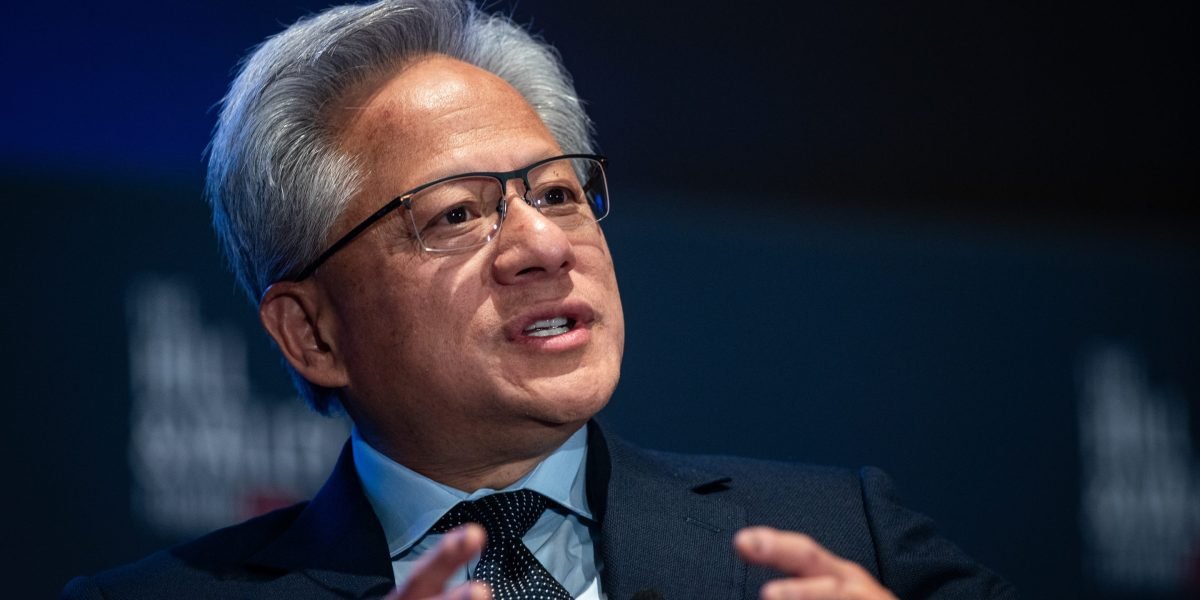
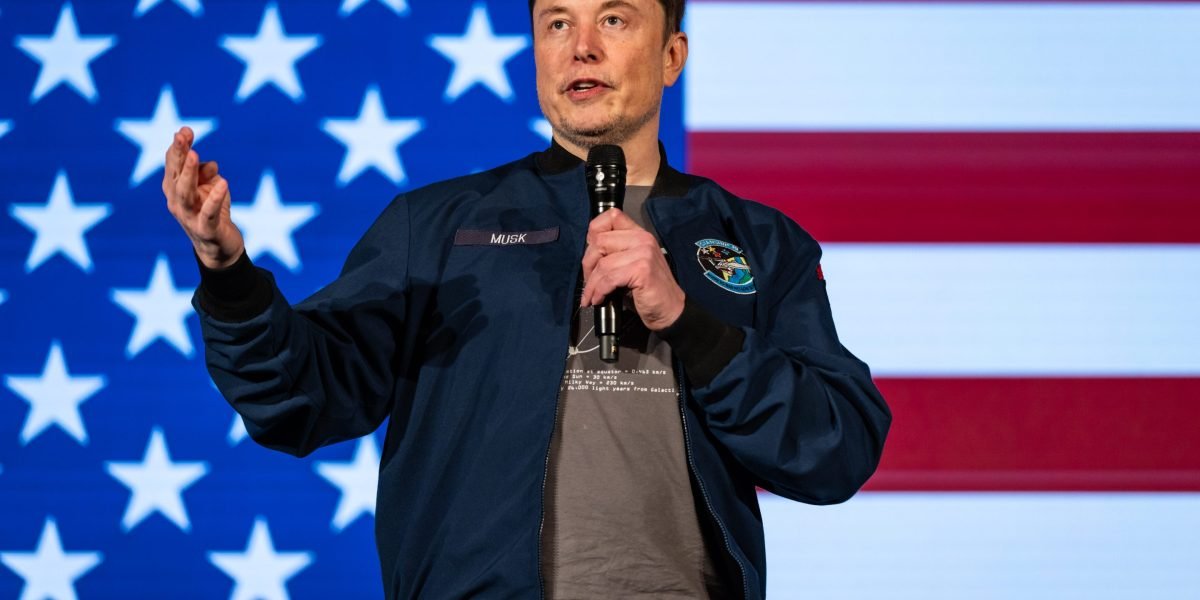

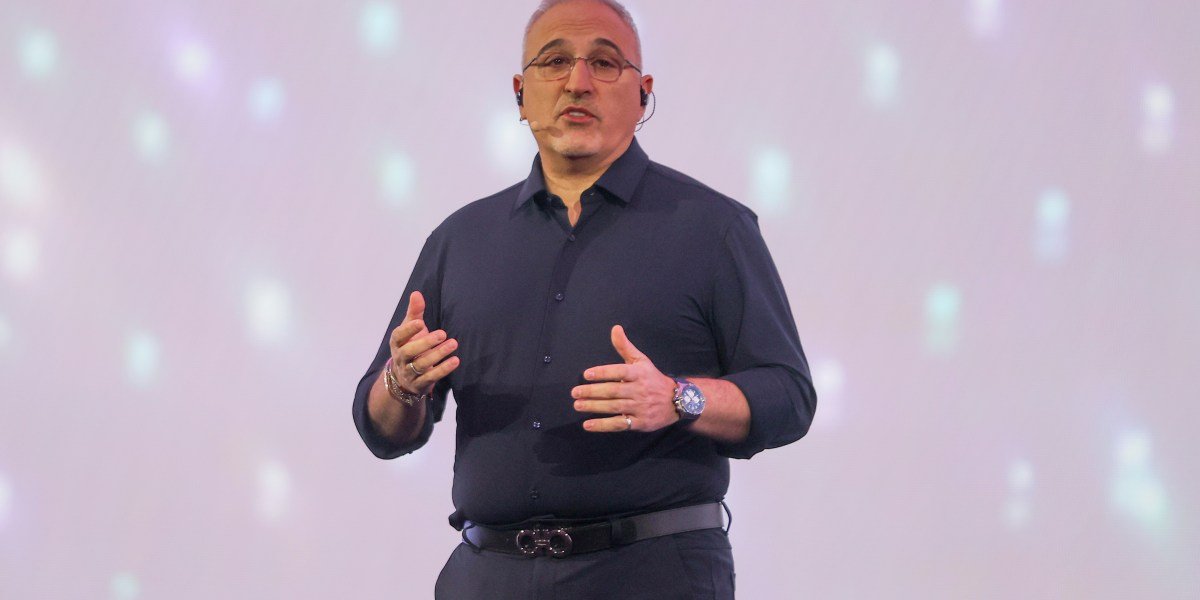



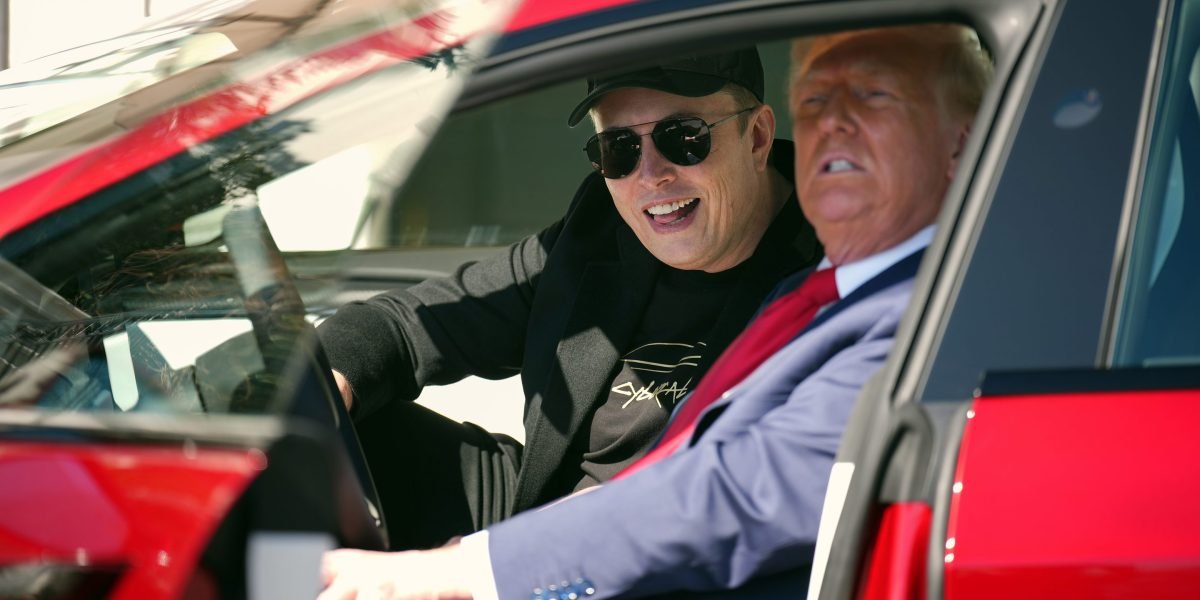
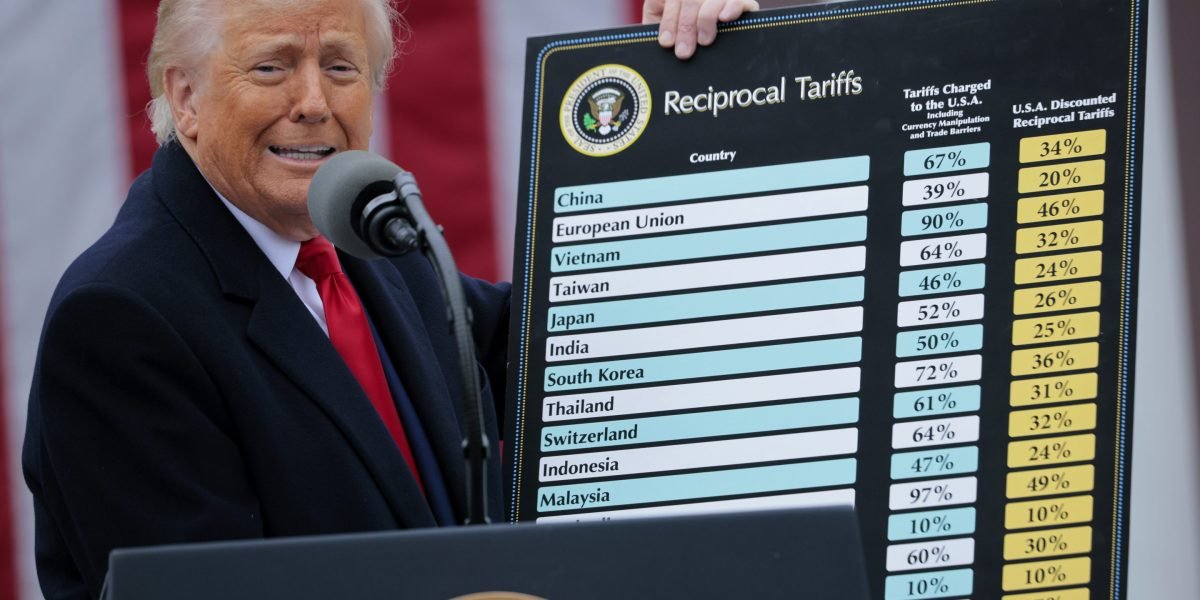



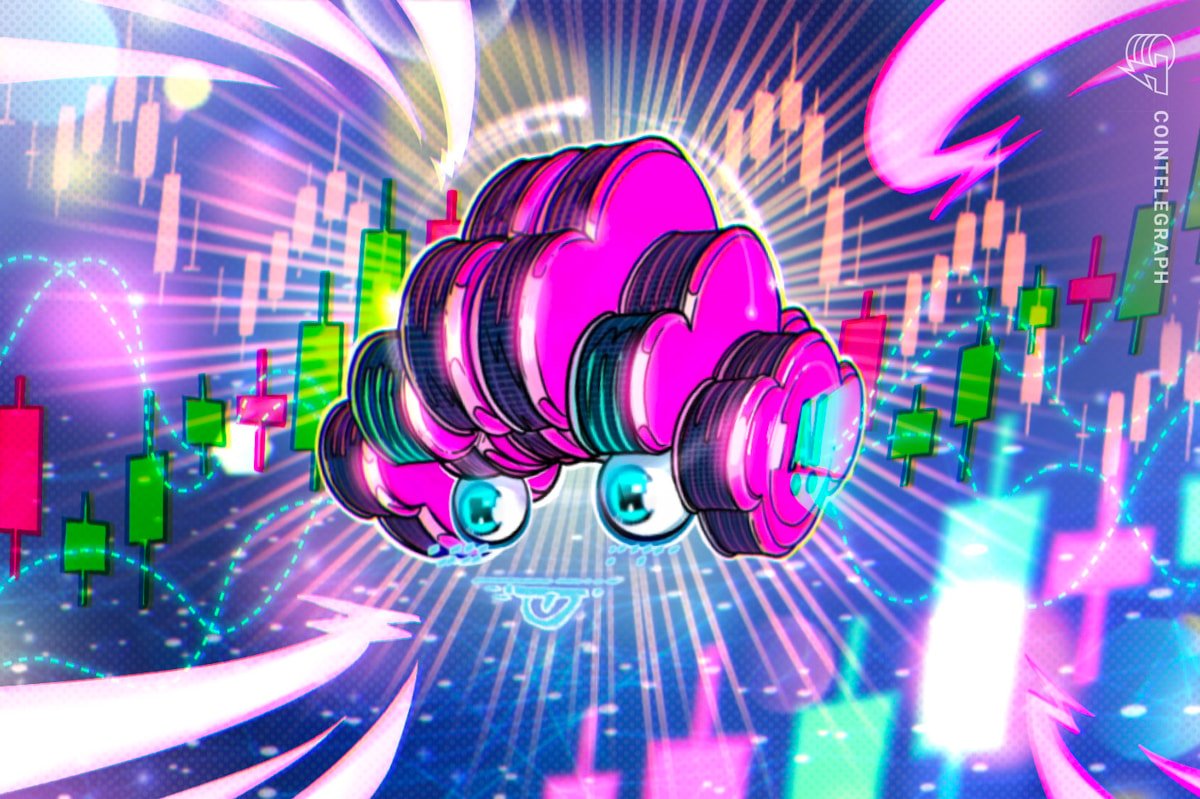
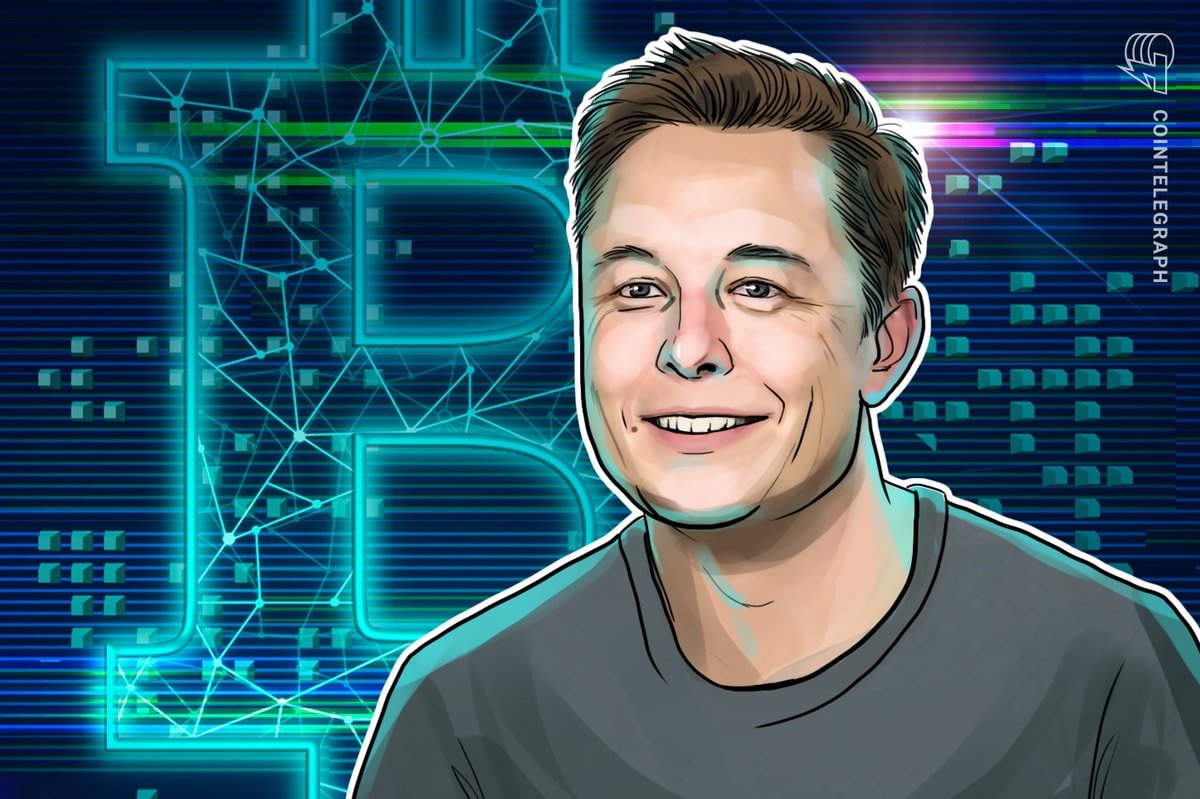
Leave a Reply